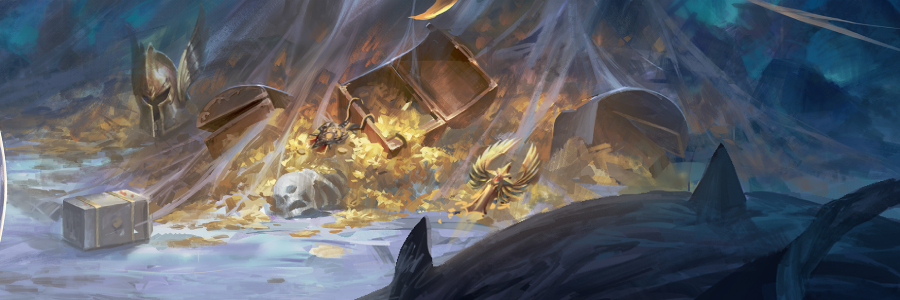While most blockchain gamers might be familiar with how assets are created on Ethereum our process is totally different. Here is how we do it.
The continuous flow of operations on the blockchain creates items and resources in LiteBringer. All clients follow the same game logic, resulting in all of them computing the game state and the assets of all the players correctly.
The rewards a player receives for completing a wave of enemies is determined by the hash of the block.
We use it as a seed for our random generator. Of course, it is just a pseudo-randomization like any other random generator. Nevertheless, when using the hash of the latest block as the seed, it is practically impossible to predict the outcome.
The numbers created by the random generator are assigned to the game transactions in chronological order by the clients. Despite that, one output is not equal to one item! The first number decides the type of item you receive, for example, a ring or an amulet. The second number defines the attributes of the item, the third the element, the fourth the main attribute and the fifth the effect of an asset.
To receive assets a player has to go on a quest which is basically a transaction containing all information of that action. Then the client sends such a transaction to miners through the network. As soon as one of them creates a new block the transaction becomes part of the blockchain.
At this point, every client knows exactly, which operation a player performed. The clients compute whether a character is strong enough to beat the enemy of a certain block’s wave and the rewards he is going to get. Such an operation is repeated with every block.
